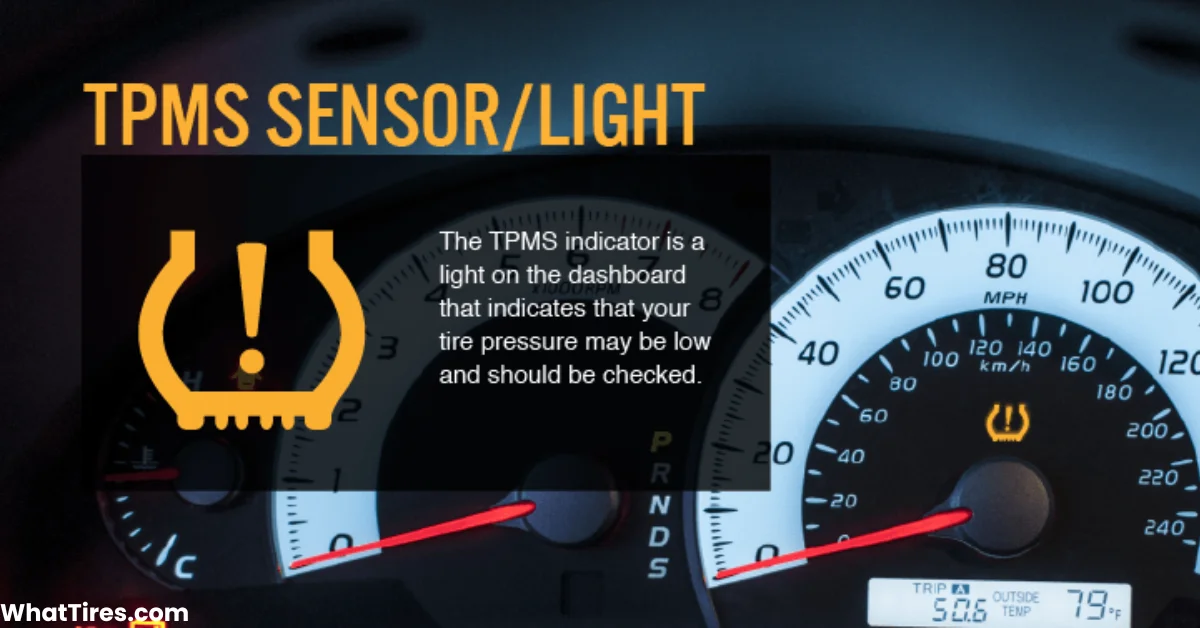Unlock the full potential of your Hyundai vehicle with optimal tire pressure! Ignoring to reset the Hyundai Tire Pressure Monitor System (TPMS) can lead to compromised handling, tire wear, and decreased fuel efficiency.
But fear not! In this post, we’re here to guide you through the simple steps of how to reset the Hyundai TPMS.
By maintaining accurate tire pressure readings, you’ll experience enhanced performance, safety, and savings at the pump.
So, let’s dive in and unlock the secrets to resetting your Hyundai’s TPMS for a smoother, more enjoyable ride.
Table of Contents
ToggleUnderstanding the Hyundai Tire Pressure Monitor System (TPMS)

The Hyundai Tire Pressure Monitor System (TPMS) is an advanced technology that monitors tire pressure using sensors in the tire valves. It sends data to the onboard computer, which triggers a warning if pressure deviates from recommended levels.
The low tire pressure symbol, an exclamation mark in a horseshoe shape, illuminates the dashboard when low pressure is detected. Recognizing this symbol is crucial for maintaining tire performance and safety.
By understanding the Hyundai TPMS and its symbols, you can proactively address pressure deviations for a smoother, safer driving experience.
Where is the TPMS Reset Button on Hyundai: Step-by-Step Instructions
Resetting the Hyundai TPMS involves locating the TPMS reset button in your specific Hyundai model. While the exact location may vary depending on the model and year, here are some general steps to help you find the reset button:
- Check the driver’s side dashboard: Begin by inspecting the driver’s side dashboard area. Look for a small button or a hole labeled “TPMS Reset” or “Set.” It is often located near the steering wheel, around the instrument cluster, or close to the fuse panel.
- Consult the owner’s manual: If you’re unable to locate the reset button, refer to your Hyundai owner’s manual. It provides specific information about the TPMS reset button’s location for your particular model.
- Explore the glove compartment or center console: In some Hyundai models, the TPMS reset button may be located inside the glove compartment or within the center console. Take a careful look inside these compartments for any labeled buttons or switches.
- Search beneath the steering wheel column: Occasionally, the TPMS reset button can be found underneath the steering wheel column. Gently inspect the area beneath the steering wheel to see if the reset button is positioned there.
In short, the TPMS reset button on a Hyundai can be found near the steering wheel, instrument cluster, glove compartment, or center console. Refer to the owner’s manual for precise instructions based on your Hyundai model.
Remember that the location of the TPMS reset button may vary between Hyundai models, so it’s essential to refer to your vehicle’s specific owner’s manual for precise instructions.
Once you have identified the TPMS reset button, you can proceed to the next step to initiate the reset process.
Steps to Reset the Hyundai Tire Pressure Monitor System
To reset the TPMS on your Hyundai vehicle, follow these meaningful steps:
- Start by ensuring that all tires are properly inflated to the recommended pressure.
- Locate the TPMS reset button, which is typically positioned near the steering wheel, instrument cluster, glove compartment, or center console. Refer to your vehicle’s owner’s manual for the exact location.
- With the ignition turned to the “ON” position, press and hold the TPMS reset button until the TPMS indicator light blinks three times.
- Release the button and wait for a few seconds until the TPMS light turns off. This indicates that the TPMS reset process is complete.
- Repeat the process for each tire, starting from the driver’s side front tire and moving clockwise around the vehicle.
- After resetting all tires, test the TPMS by driving your Hyundai at a speed above 20 mph for several minutes. This allows the system to recalibrate and confirm that the tire pressures are within the acceptable range.
- If the TPMS light continues to illuminate or if you encounter any issues, consult your Hyundai owner’s manual or contact a certified Hyundai service center for further assistance.
By following these steps, you can successfully reset the TPMS on your Hyundai vehicle, ensuring accurate tire pressure monitoring and promoting optimal performance and safety.
Conclusion
Don’t let your Hyundai tire pressure be a mystery any longer! By mastering the art of resetting the TPMS, you can stay in control of your vehicle’s performance and safety.
Embrace the confidence that comes with maintaining optimal tire pressure, and enjoy a smoother, more efficient ride in your Hyundai.
FAQs
Yes, resetting the TPMS is essential after each tire change to ensure accurate pressure readings and proper functionality.
If the TPMS light persists, double-check tire pressures, drive for a few miles, and then reset the system again to ensure proper calibration.
Resetting the TPMS is typically necessary when tire pressure adjustments are made, or if the system indicates low pressure or malfunctions.
Yes, you can reset the TPMS using only the TPMS reset button located in your Hyundai vehicle.
No, resetting the TPMS won’t affect other vehicle systems; it simply recalibrates the tire pressure monitoring system for accurate readings.






